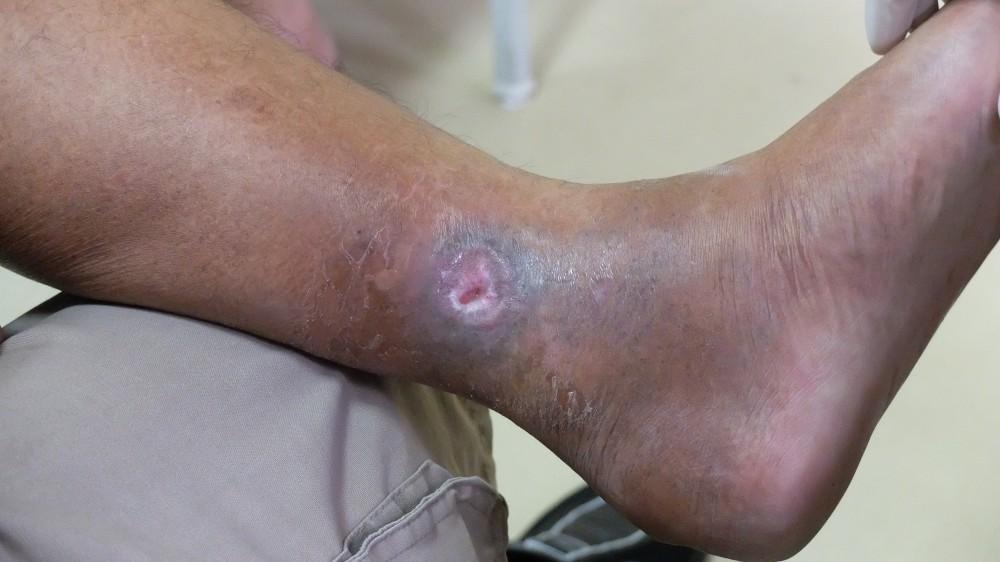
Here’s How Custom Orthotics Can Help Flat Feet

Each person’s feet are unique. And while that’s part of what makes you special, certain traits can stand in the way of your well-being. Flat feet are one such example.
If you have flat feet, it means that your arches fall, allowing the full soles of your feet to touch the ground when you stand. While you can have flat feet with no notable problems, low arches can lead to bothersome complications.
Dr. Steven Sharlin, our board-certified podiatrist at The Foot Care Group — with locations in Libertyville, Hinsdale, and the Streeterville area of Chicago, Illinois — specializes in diagnosing and treating flat feet. We provide custom orthotics that can make a substantial difference in your comfort and body mechanics.
Flat feet basics
Like all of your body, your feet grow and change throughout your life. The arches in your feet, made up of bones, tendons, and ligaments, allow you to move normally. Arches do so by putting a spring in your step and distributing your weight evenly when you’re on your feet.
For some people, the arches never develop normally and remain flat from early on. For others, the arches gradually drop over time. As a result, you may develop poor leg alignment or pain in your feet, ankles, and legs.
Bothersome issues related to flat feet include:
- An increased risk for injuries
- Shoes that wear down quickly or unevenly
- Emotional stress
- Pain in your feet, ankles, knees, and hips that worsens with activity
- Poor leg alignment and posture
- Shortened Achilles tendons
- Swelling at your ankles
While anyone can develop flat feet, you have a higher risk if you’re older, carry excess weight, have foot or ankle injuries, or have a family history of flat feet. Diabetes and rheumatoid arthritis are also linked with flat feet.
How custom orthotics help
Once we determine that you’re dealing with flat feet issues, we may recommend custom orthotics. These biomechanical, prescription devices are created for the specific shape and size of your feet.
Placed inside your shoes, custom orthotics provide support, particularly in your arches, leading to greater stability and normalized movement. Your weight is distributed more evenly, and, over time, the issues you’ve been experiencing diminish.
Because custom orthotics affect foot alignment, you may notice some discomfort while using them at first. For this reason, we may recommend that you wear them for short periods of time for the first couple of weeks, building up to longer periods as you adjust.
Other treatments for flat feet we may recommend include stretching exercises to address shortened tendons, physical therapy for improved athletic technique, and structurally supportive shoes.
To learn more about flat feet or custom orthotics, call The Foot Care Group office most convenient to you, or book an appointment online through the handy tool on our website.
You Might Also Enjoy...


Can Hammertoes Be Corrected with Orthotics?

Can Cryotherapy Get Rid of My Plantar Warts?

I'm Embarrassed About My Toenail Fungus: What Can Help?

5 Bothersome Complications of Untreated Hammertoe

